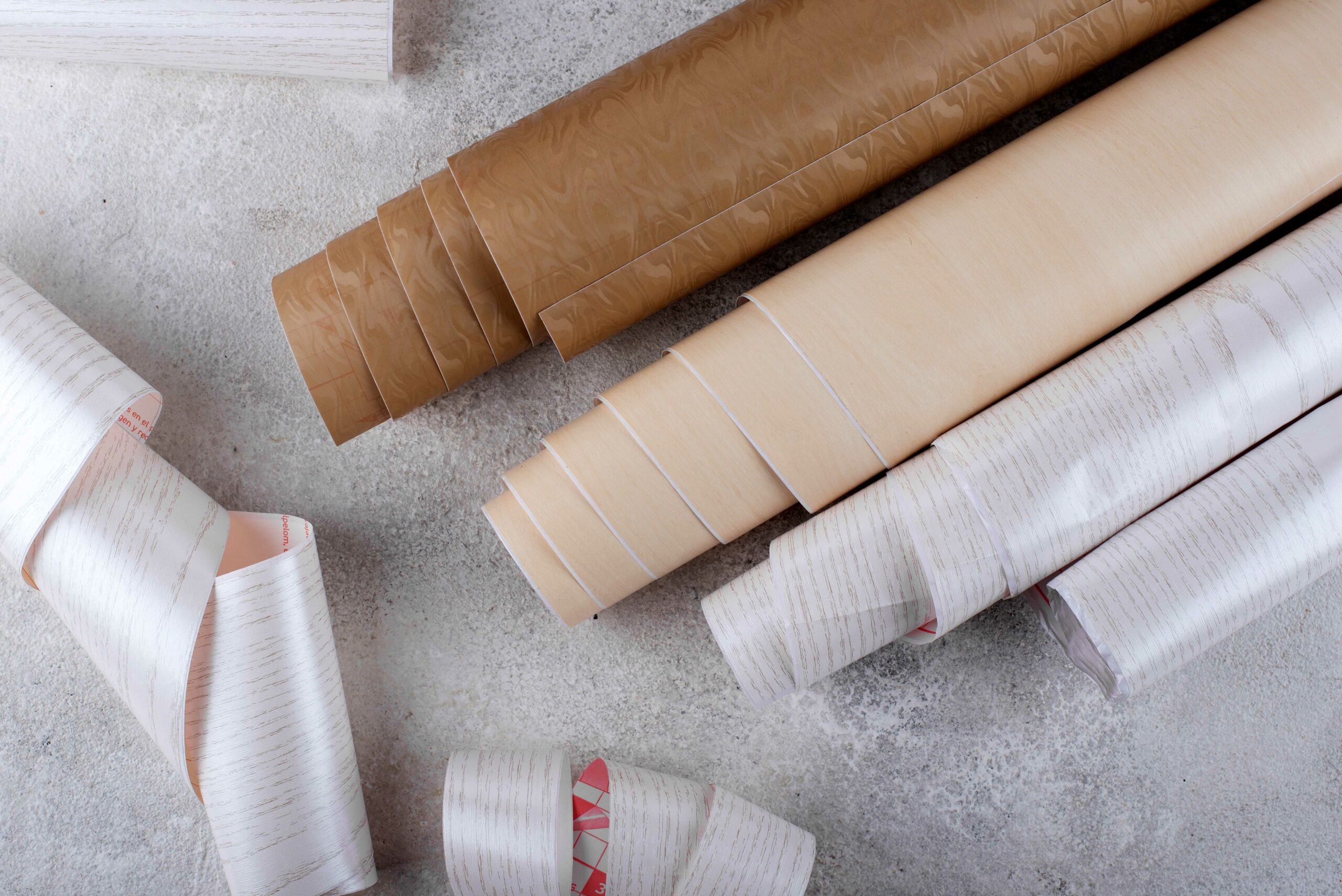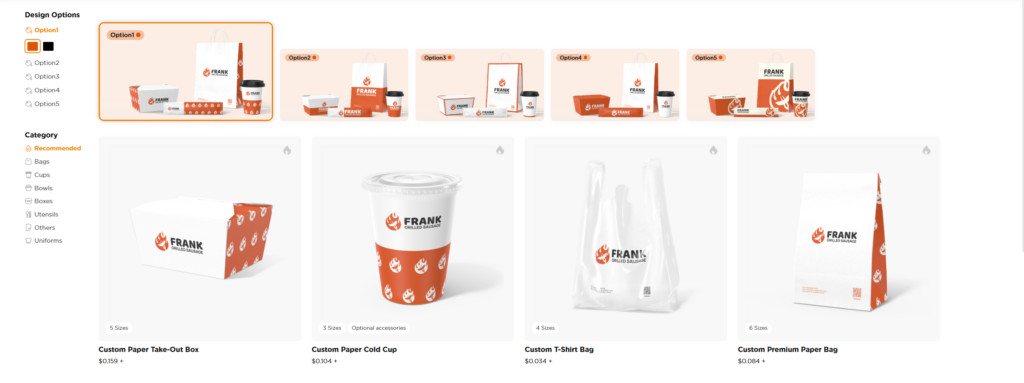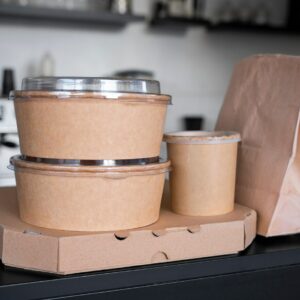Packaging Materials: Top 10 Eco-Friendly Choices for Food
By
Contents
- Why Choose Eco-Friendly Packaging Materials?
- List of 10 Eco-Friendly Packaging Materials for Food Businesses
- 1. Biodegradable Packaging Materials: A Natural Choice
- 2. Recyclable Packaging Materials for a Circular Economy
- 3. Compostable Packaging Materials: Zero-Waste Solution
- 4. Aluminum Foil Packaging Material: Lightweight and Recyclable
- 5. Fabricated Packaging Materials: Customized for Sustainability
- 6. Foam Packaging Material Alternatives: Safer for the Planet
- 7. Glass Packaging: Reusable and Premium
- 8. Kraft Paper: Durable and Eco-Friendly
- 9. Plant-Based Plastics: The Future of Packaging
- 10. Edible Packaging: Innovation at Its Best
- How FUSENPACK Supports Sustainable Packaging
- Final Thoughts
Why Choose Eco-Friendly Packaging Materials?
As consumers become more environmentally conscious, the demand for sustainable packaging materials continues to grow. For food businesses, adopting biodegradable packaging materials not only reduces environmental impact but also enhances brand image and customer trust.
Whether you’re running a café, restaurant, or food delivery service, choosing the right packaging is crucial. Here’s a list of 10 eco-friendly packaging materials to help you make informed decisions.
This article introduces you to the top 10 packaging materials, analyzing their advantages, disadvantages, and the best uses for each. By the end, you’ll have a clearer understanding of packaging materials, helping you make the best choice for your business needs.
List of 10 Eco-Friendly Packaging Materials for Food Businesses
1. Biodegradable Packaging Materials: A Natural Choice
Biodegradable materials, such as cornstarch or PLA (polylactic acid), decompose naturally, leaving no toxic residue. They’re an excellent alternative to conventional plastics.
- Uses: Great for single-use food items like cutlery, takeaway boxes, or coffee cup lids.
- Tip: Store biodegradable materials in a cool, dry place to maintain their integrity until use.
- Note: Biodegradable doesn’t mean compostable, so proper disposal is key.
2. Recyclable Packaging Materials for a Circular Economy
Recyclable materials, including cardboard and PET plastics, are widely accepted in recycling facilities. They’re affordable, sturdy, and eco-friendly.
- Uses: Ideal for pizza boxes, sandwich containers, and drink cups.
- Tip: Clearly label your packaging as recyclable to encourage proper disposal.
- Note: Avoid contamination by keeping packaging clean and dry.

3. Compostable Packaging Materials: Zero-Waste Solution
Compostable materials, like sugarcane bagasse or bamboo, break down into nutrient-rich soil when composted.
- Uses: Perfect for serving hot foods, salads, or desserts.
- Tip: Offer composting bins in your shop to simplify disposal for customers.
- Note: Industrial composting facilities may be required for some materials.
4. Aluminum Foil Packaging Material: Lightweight and Recyclable
Aluminum foil is both recyclable and highly durable, making it a staple in food packaging. Its lightweight nature reduces shipping costs, and its flexibility makes it versatile.
- Uses: Best for wrapping sandwiches, lining trays, or covering baked goods.
- Tip: Use food-safe aluminum foil to maintain quality and freshness.
- Note: Recycling foil requires it to be clean—encourage customers to rinse before recycling.

5. Fabricated Packaging Materials: Customized for Sustainability
Fabricated materials like molded pulp are crafted from recycled fibers and designed to meet specific needs. They are durable, lightweight, and fully biodegradable.
- Uses: Commonly used for egg cartons, drink holders, or protective trays.
- Tip: Molded pulp is highly customizable, allowing creative designs for branding.
- Note: Ensure the material is water-resistant if used for liquid-containing items.

6. Foam Packaging Material Alternatives: Safer for the Planet
Sustainable foam alternatives, such as mycelium-based or cornstarch foam, mimic traditional foam’s protective qualities without environmental harm.
- Uses: Great for shipping fragile food items or takeaway packaging.
- Tip: Highlight the sustainable nature of your foam packaging to attract eco-conscious customers.
- Note: Some alternatives may be sensitive to moisture, so choose accordingly.

7. Glass Packaging: Reusable and Premium
Glass containers are reusable, recyclable, and offer a high-end look for your products.
- Uses: Perfect for packaging sauces, beverages, or premium desserts.
- Tip: Encourage customers to reuse glass jars by offering discounts for returns.
- Note: Glass is heavier than other materials, so account for shipping costs.
8. Kraft Paper: Durable and Eco-Friendly
Kraft paper is a durable, biodegradable material that adds a rustic charm to your packaging. It’s also a cost-effective choice.
- Uses: Ideal for wrapping sandwiches, baked goods, or lining food trays.
- Tip: Pair kraft paper with a wax coating for better grease resistance.
- Note: Kraft paper is highly customizable for printing logos or designs.

9. Plant-Based Plastics: The Future of Packaging
Plant-based plastics, such as PLA, are derived from renewable resources like cornstarch or sugarcane. They look and function like traditional plastics but decompose much faster.
- Uses: Ideal for takeaway boxes, cutlery, or beverage cups.
- Tip: Highlight plant-based packaging on your product to boost eco-friendly branding.
- Note: Ensure your supplier offers certified compostable plant-based plastics.
10. Edible Packaging: Innovation at Its Best
Edible packaging materials, like seaweed-based wraps or rice paper, are a waste-free option that customers will love. They provide a unique experience and eliminate waste entirely.
- Uses: Great for wrapping sushi, candies, or small snacks.
- Tip: Use edible packaging as a unique selling point in your marketing campaigns.
- Note: Edible packaging is sensitive to moisture and temperature, so handle with care.
How FUSENPACK Supports Sustainable Packaging
At FUSENPACK, we specialize in providing custom sustainable packaging solutions for food businesses. Here’s how we can help:
- Wide Range of Options: From kraft paper to biodegradable foam packaging material, we offer eco-friendly materials tailored to your needs.
- Custom Designs: Personalize your packaging with logos, taglines, or seasonal graphics to enhance your brand identity.
- Eco-Focused Innovation: Our team ensures your packaging aligns with sustainability trends while maintaining functionality and style.
- Fast Turnaround: Get your custom designs ready in 24 hours, with delivery within weeks.

Final Thoughts
Switching to environmentally friendly packaging materials is more than just a trend—it’s a responsibility. By adopting sustainable packaging materials, you not only contribute to a greener planet but also appeal to eco-conscious customers who value brands that care about the environment.
Whether it’s aluminum foil packaging material, fabricated packaging materials, or biodegradable packaging materials, the right choice depends on your business needs and values. With FUSENPACK by your side, you can create custom, eco-friendly solutions that elevate your brand while protecting the planet.
Ready to make the change? Request a Quote here and explore how we can help you revolutionize your food packaging today!








